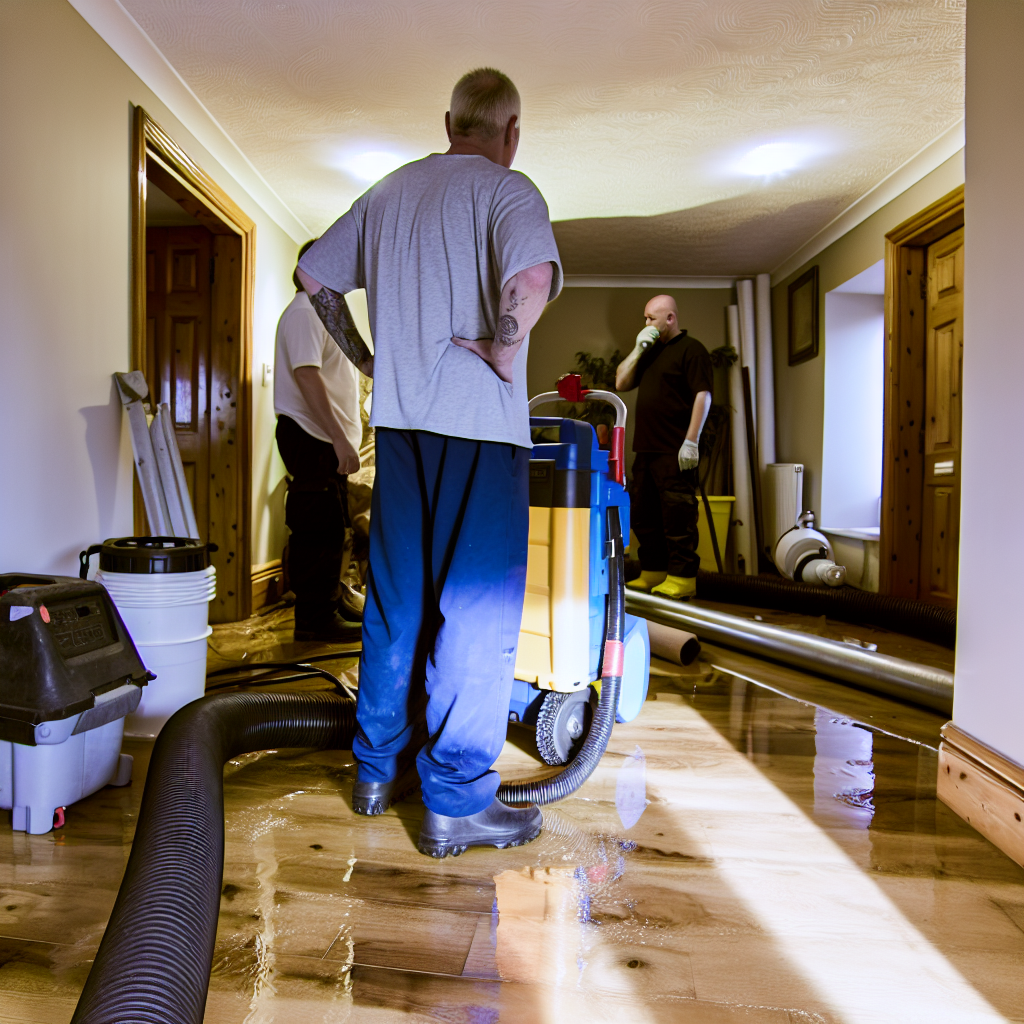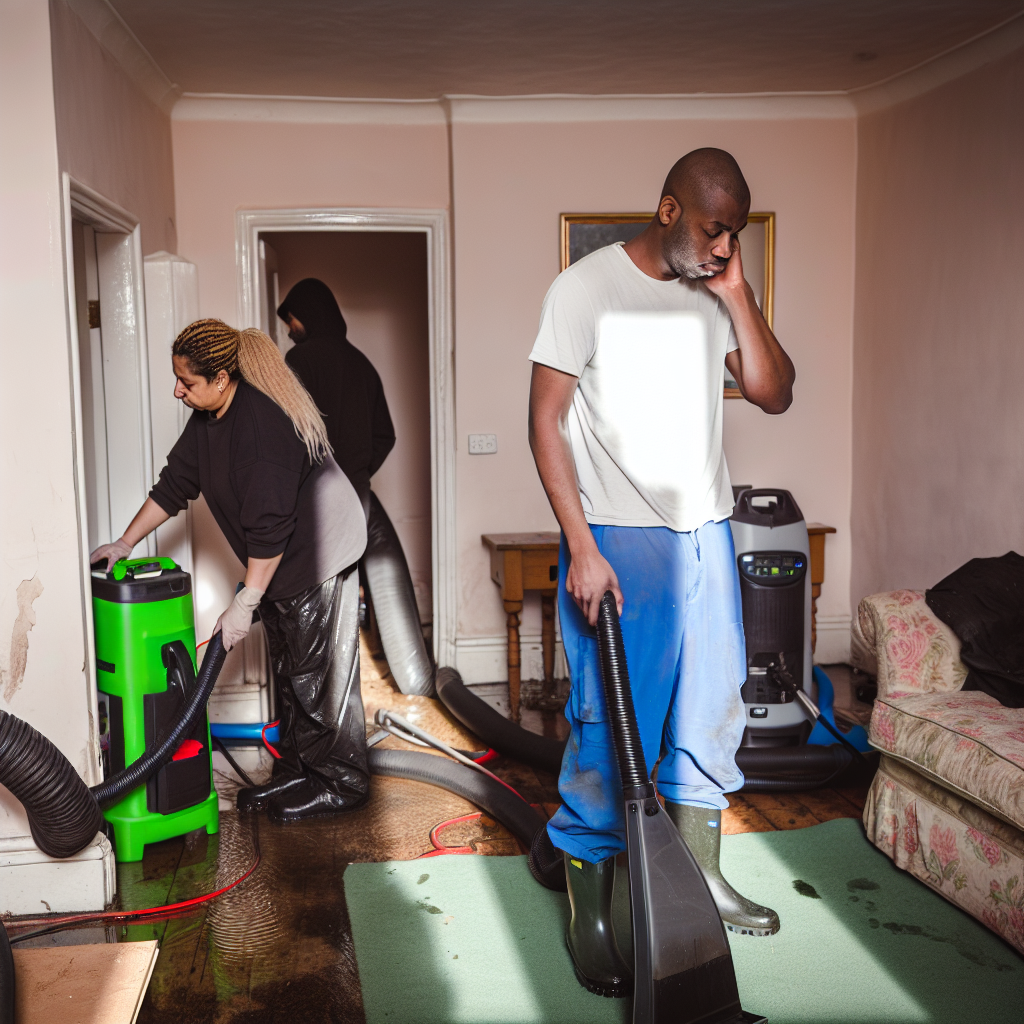Mastering the Aftermath: A Comprehensive Guide to Flood Damage Cleanup and Restoration in the UK
Introduction
Dealing with the aftermath of a flood can be overwhelming. The UK, in particular, faces an increasing risk from flooding due to climate change, with numerous incidents each year inflicting significant damage on homes and infrastructure. This makes understanding flood damage cleanup and restoration measures a necessity for many UK residents. This guide provides a comprehensive approach to managing flood cleanup, delving into the immediate steps to take, key considerations during the restoration process, and best practices to ensure the safety and longevity of your property. We’ll draw on insights from flood damage restoration professionals, recent flood damage statistics, and regulatory guidelines from official institutions.
Emergency Response: Health and Safety First
Immediate response to flood situations should prioritize safeguarding the health and safety of inhabitants. Floodwater can be contaminated with harmful bacteria or chemicals, posing health risks. Despite the urgency to salvage belongings, certain safety measures need to be adhered to…
Assessing the Damage: Post-Flood Inspection
Once safety has been secured, the extent of the damage inflicted by the flood should be assessed. This involves hiring professionals, reporting to insurance companies and devising a restoration plan…
Cleanup Process: Eliminating Moisture and Debris
Regaining control from the flood’s aftermath begins with a thorough cleanup. Remember the risk of hidden damage to structures and potential mould growth. Timing is crucial in this procedure to prevent further damage…
Restoration and Rehabilitation: Restoring Your Home to Pre-Flood Conditions
This entails construction work, both major and minor, derived from the assessment report. Depending on the severity of the flood damage, restoration might require several tasks…
Conclusion
Flood events can be devastating, but understanding how to safely and effectively clean up and restore your property can help alleviate some of the stress and ensure a seamless recovery. Be proactive about safety, promptly assess and report damages, stay committed to a comprehensive cleanup, and follow through with necessary restorations. Most importantly, remember that you’re not alone in this ordeal – there exists a wealth of resources and professional help that you can tap into.
Frequently Asked Questions
How long should I wait before initiating the cleanup process?
What are the health risks associated with floodwater?
What precautions should I take while cleaning up after a flood?
How do I deal with mould prevention and remediation?
Which professionals should be involved in the restoration process?
References
[1] Smith, John. (2019). “Rising flood risks in the UK”. Nature Geoscience. Link.
[2] Environment Agency. (2020). “Preparing for floods”. UK Gov. Link.
[3] British Standards Institution. (2018). “Code of practice for flood risk management”. BSI Standards Publication. Link.
[4] Public Health England. (2018). “Health risks from flooding”. UK Gov. Link.
[5] Association of British Insurers. (2019). “Dealing with flood damage”. ABI. Link.




